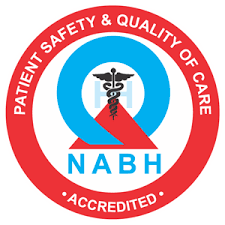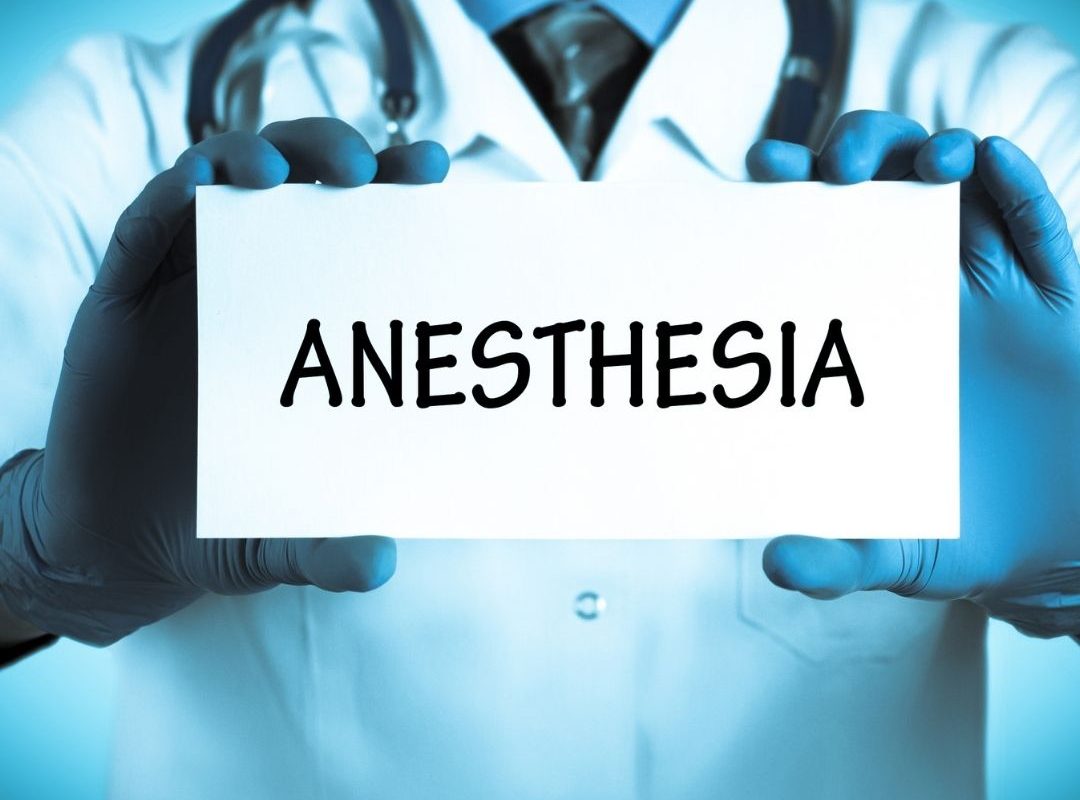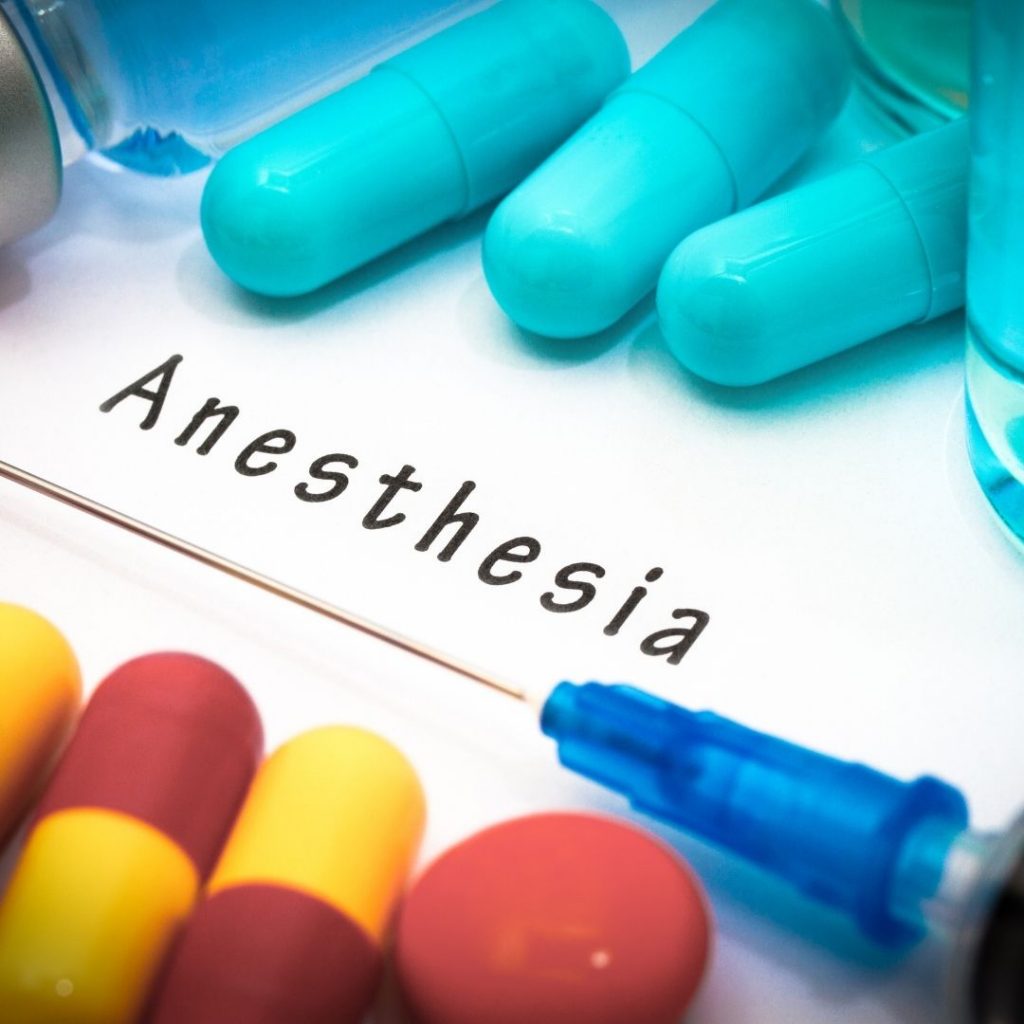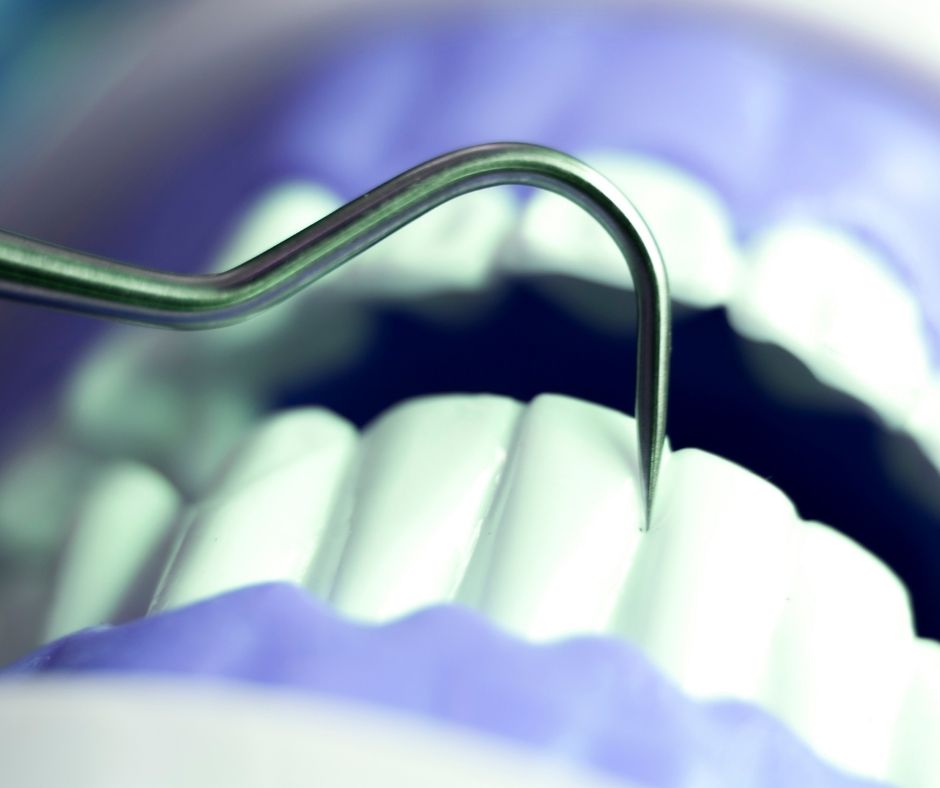Autism, also known as Autism Spectrum Disorder (ASD), is a convoluted condition characterized by communicational and behavioral issues. It can be a minor issue or a disease that needs to be addressed and care for a long time in a particular facility.
The problem generally is seen in young children and they have issues while speaking or understanding what others are saying. Because of this, it gets hard for them to express themselves through any way of communication. The symptoms generally develop before a child gets to the age of three and sometimes, they are shown with the birth of a child.

People or children who have autism might have development issues and their mental IQ level would probably below. They might have a hard time learning and communicating. But this kind of people, especially children, are rather good at creative activities like art, maths, memorizing or music. They do tend to do good in analyzing and problem-solving activities.
Signs and Symptoms of Autism
The common symptoms of Autism include:
- Autistic people don’t make eye contact easily.
- They don’t show much interest in specific topics that people would do or enjoy. normally.
- Repeating the same action again and again, like going back and forth or repeating a phrase.
- They are very sensitive to smell, light, or noise that is normal in day-to-day life.
- Not looking at other people or anything that is being pointed to.
- Have trouble making peace with the changes in the daily routine.
- Difficulty in communicating through talking, gestures or facial expressions.
- Do not want to be cuddled or held.
- Talks in a definitive tone of singing, robotic or flat voice.
- Drooling is another common symptom.
Types of Autism Spectrum Disorder
Until recently, these disorders were termed separately but now they all fall under the category of ASD. Let’s have a look at these disorders:
- Asperger’s Syndrome: This comes as least complicated and comparatively mild on the Autism scale. The children or adults with this syndrome have high intelligence and can excel in particular subjects of their like. The problem is they have a hard time around other people and are not comfortable socially.
- Pervasive Developmental Disorder, Not Otherwise Specified (PDD-NOS): This disorder considers those children whose conditions are more severe than Asperger’s Syndrome but less severe than Autistic Disorder.
- Autistic Disorder: This diagnosis is further on the severe side of the Autism scale. The symptoms are the same but they are at a more intense level.
- Childhood Disintegrative disorder: This is the most severe type of ASD where the children first develop naturally. After some time between the ages of 2-4 years, they quickly lose interest in their surroundings and start having a communication, socialising, and mental skills problem. Some children when attaining adolescence also have seizure issues.
Causes of Autism
There is no single or definitive cause for Autism. It could happen from the parts of the brain that are responsible for interpreting sensory inputs and language processing. It is more common in boys than in girls. Autism does not have any connection with race, religion, culture or social background. It can happen to anyone.
Some common suspected causes of Autism are:
- Genetic mutation
- An immediate family member with Autism
- Being born from older parents
- Pregnant women taking drugs, alcohol or anti-seizure tablets
- Exposure to chemical gasses and polluted environment for both pregnant women or newborn baby
- A history of viral infections
Autism is also linked to untreated phenylketonuria (PKU) and Rubella (German measles). There is no proof that Autism is caused due to vaccination.
Autism Screening and Diagnosis
It is hard to diagnose Autism definitively. If you take your child for screening, your doctor will focus on development and behavior. Diagnosis usually takes place in two steps for children:
- In a developmental check-up, your doctor will look in your child for any signs whether he/she is on the right track like communicating, behavior, moving and speaking and the development is normally going.
- Children should be screened if they show any developmental delays at nine months, 18 months, 24 months, or 30 months. At 18 months or 24 months, the child is screened explicitly for any signs of Autism.
- If the child shows any problems during the screening, he is taken to a complete evaluation test to test for hearing and vision first. Your doctor might suggest you to another doctor who specializes in Autism disorders.
Autism Treatment
There is no permanent cure for Autism. But it can be managed well if treated at an early age. If you feel your child is not responding well or not developing like other children, go immediately to your doctor.
Treatment may work for one person but do not for another. Your doctor will treat you according to your capacity and level of Autism. The two main types of treatment are:
- Applied behavior Analysis (ABA) is a behavior and communication therapy done to promote positive action and discourages negative behavior. Occupational therapy is helpful with life skills such as dressing, eating, etc. Speech therapy is used for improving communication skills. Sensory Integration Therapy is used for treating subjects who have a problem with touch or by sound or smell.
- Some medication is also provided to deal with ASD-like symptoms such as anxiety, hyperactivity, etc.
Do check our recent blog – https://www.saideephospital.com/2021/01/30/bipolar-disorder/
Visit here for regular Health Updates – https://www.instagram.com/saideephealthcareofficial/








